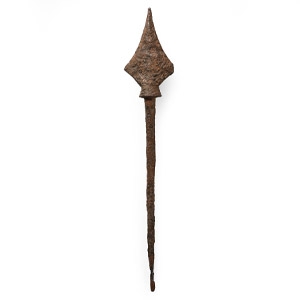Home > Auctions > 26 November - 1 December 2024
Ancient Art, Antiquities, Natural History & Coins
Private Buckingham, UK, collection, formed before 2000.
Ex London gentleman's collection, 1990s.
Acquired from Bolk Antique Arms, Netherlands, 2016.
Ex Kusmirek Collection, UK.
Accompanied by an original Bolk invoice (1,075.00 Euros).
See Flayderman, N., Guide to Antique American Firearms, 9th edition, 2007, pp.220-221, for details.
Sold as an exempt item under Section 58 (2) of the Firearms Act, 1968, to be held as a curiosity or ornament. No license required but buyer must be over 18 years of age. Overseas bidders should note that, due to UK regulations governing export of all firearms, overseas buyers will need to make arrangements for shipping this lot out of the UK directly, by air freight, with a specialist company or agent.
Acquired 1980-2015.
Ex Abelita family collection.
Cf. Khorasani, M. M., Arms and Armor from Iran: The Bronze Age to the End of the Qajar Period, Tübingen, 2006, cat.292-293, for type.
From a specialist collection of militaria, London, UK, collected 1990s onwards.
Accompanied by an academic paper by military specialist Dr Raffaele D'Amato, dated 15 July 2019 and titled 'Eastern Roman Empire - Greek Fire Bomb or Hand Grenade (μεσαίον kακάβιον) 9th-11th century AD'.
Cf. Arendt, W. I., Granaten des 13-14. Jahrhunderts, die an der Wolga gefunden sind, Zeitschrift fur Historische Waffen-und Kostumkunde, 11 (1926-8), p.42; cf. Arendt, W., Die Spharisch-konischen Gefäße aus Gebranntem Ton, ibid; cf. Ayalon, D., Gunpowder and Firearms in the Mamluk Kingdom, London, 1956, p.16.
Apart from the use of siphons or manual flame-throwers called cheirosiphona, special corps of Roman soldiers employed terracotta grenades, in the form of small jars, abundantly evidenced in archaeological excavations. They were called μεσαία kακαβιά or κυτροκακάβια where the former had a bulbous shape and the latter a more cylindrical form.
Acquired in Oxford, UK.
From the private collection of Kenneth Machin (1936-2020), Buckinghamshire, UK; with collection no.BA20; his collection of antiquities and natural history was formed since 1948; thence by descent.
Acquired 1990s-early 2000s.
East Anglian private collection.
Cf. Roesdahl, E., Wilson, D.M., From Viking to Crusader: The Scandinavians and Europe 800 to 1200 (22nd Council of Europe Exhibition), Copenhagen, 1992, p.321, fig.359 (4), for a similar Viking axe/tool.
An axe similar to those of our group was found in the fortified camp of Péran, in Brittany, among the objects that emerged from a conflagration due to the attack of Alain Barbetorte's Bretons on a Viking camp, in 936 A.D. These axes were certainly work tools, although in case of necessity they could also serve as improvised weapons
From a specialist collection of militaria, London, UK, collected 1990s onwards.
Accompanied by an academic paper by military specialist Dr Raffaele D'Amato, dated 15 July 2019 and titled 'Eastern Roman Empire - Greek Fire Bomb or Hand Grenade (μεσαίον kακάβιον) 9th-11th century AD'.
Cf. Arendt, W. I., Granaten des 13-14. Jahrhunderts, die an der Wolga gefunden sind, Zeitschrift fur Historische Waffen-und Kostumkunde, 11 (1926-8), p.42; cf. Arendt, W., Die Spharisch-konischen Gefäße aus Gebranntem Ton, ibid; cf. Ayalon, D., Gunpowder and Firearms in the Mamluk Kingdom, London, 1956, p.16.
Apart from the use of siphons or manual flame-throwers called cheirosiphona, special corps of Roman soldiers employed terracotta grenades, in the form of small jars, abundantly evidenced in archaeological excavations. They were called μεσαία kακαβιά or κυτροκακάβια where the former had a bulbous shape and the latter a more cylindrical form.
English private collection.
with ArtAncient Ltd, 2013.
Private collection, London.
Cf. Musé Cernuschi, Bronzes du Luristan: Enigmes De L'Iran Ancien IIIe-Ier millenaire ac. j.-c., Paris musées, 2008, p.103, for a comparable item.
Acquired in the 1980s.
From the collection of a London antiquarian.
Acquired 1980-2015.
Ex Abelita family collection.
UK private collection before 2000.
Acquired on the UK art market.
Property of a London gentleman.
1093 - 1104 of 3419 LOTS

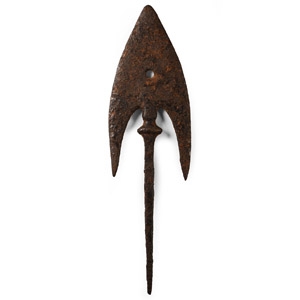
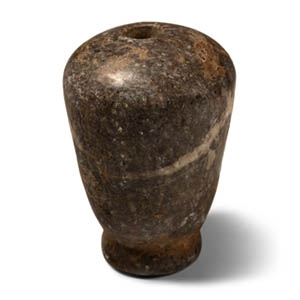
.jpg)
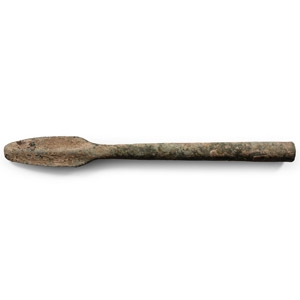
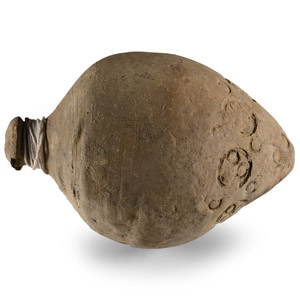

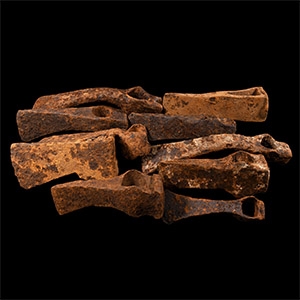
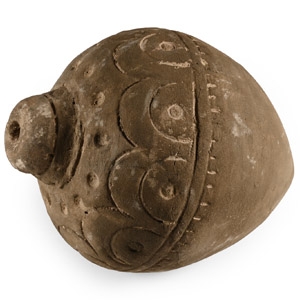
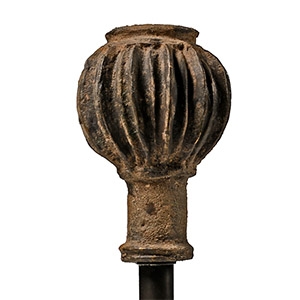
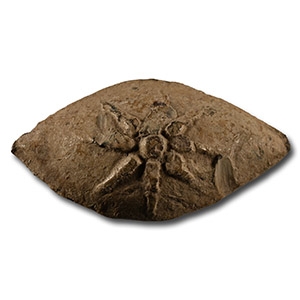
.jpg)
